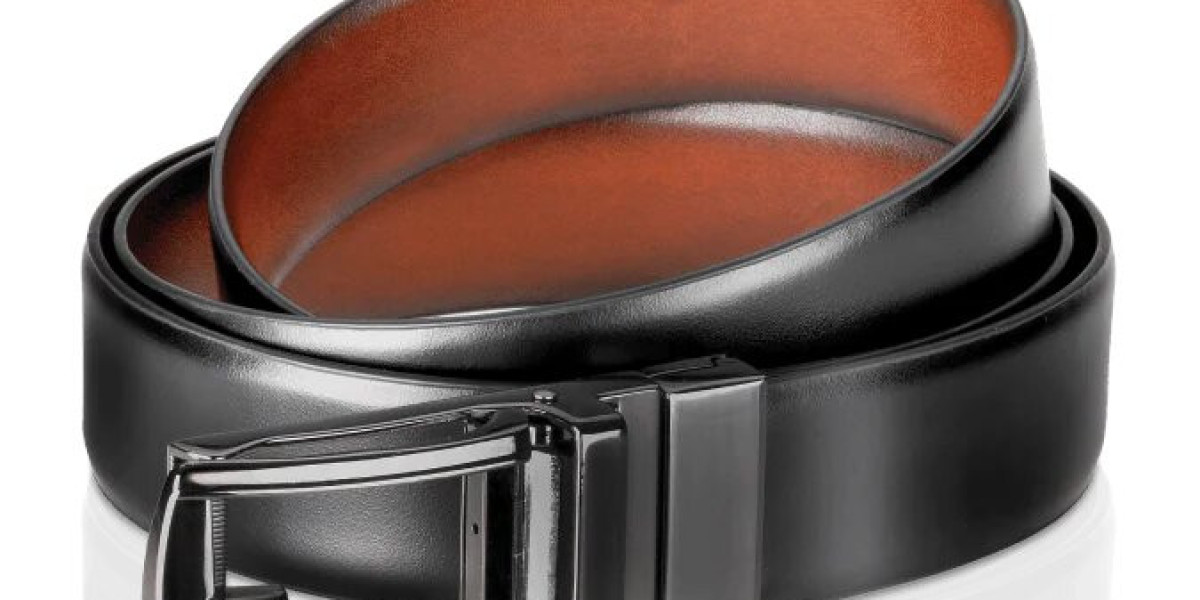In the realm of fashion and utility, adjustable belts stand out as versatile accessories that combine practicality with aesthetic appeal. Whether used for securing pants, enhancing an outfit, or adding a touch of personal style, adjustable belts have become indispensable in modern wardrobes. This comprehensive guide explores everything you need to know about adjustable belts, from their evolution and design features to their various uses across different contexts.
Evolution and History of Adjustable Belts
Belts have been integral to human attire for centuries, evolving from simple strips of leather or cloth used primarily for utility to fashion statements that reflect cultural and stylistic preferences. The concept of adjustable belts, however, gained prominence with the need for customization in fit and comfort.
Early Origins: Ancient civilizations such as the Egyptians and Romans used belts primarily for practical purposes, often made from animal hides or woven fibers.
Medieval and Renaissance Period: Belts became more ornate during this time, serving as symbols of status and wealth. They were often adorned with metal buckles and embellishments.
Industrial Revolution: With the advent of mass production, belts became more accessible to the general population. Adjustable mechanisms started to emerge, allowing for easier adjustment and better fit.
20th Century and Beyond: Belts evolved alongside fashion trends, with adjustable mechanisms becoming standard. Materials diversified from leather to synthetic fibers, offering durability and versatility.
Anatomy of Adjustable Belts
Understanding the structure and components of adjustable belts provides insight into their functionality and durability. Modern adjustable belts typically consist of the following parts:
Strap: The main body of the belt, usually made from leather, fabric, or synthetic materials. This is where adjustments are made for size and fit.
Buckle: The fastening mechanism that secures the belt around the waist. Buckles come in various designs, including traditional prong, slide, and magnetic closures.
Adjustment Mechanism: This varies based on the belt type and design. Common mechanisms include notches, sliders, and ratcheting systems, each offering unique advantages in terms of adjustability and ease of use.
End Tip: The tip of the belt strap that inserts into the buckle or loops back on itself, often featuring stitching or reinforcement for durability.
Types of Adjustable Belts
Adjustable belts come in a variety of styles and materials, catering to different preferences and functional needs:
Casual Belts: Typically made from leather or canvas, casual adjustable belts are versatile and suitable for everyday wear. They often feature simple buckles and are adjustable through traditional notch systems.
Formal Belts: Designed for dressier occasions, formal adjustable belts are usually made from fine leather and feature sleek, understated buckles. They provide a polished finish to tailored trousers or suits.
Webbed Belts: Popular in outdoor and casual settings, webbed adjustable belts are made from woven nylon or polyester. They are durable, quick-drying, and often feature slide or friction buckles for easy adjustment.
Elastic Belts: Ideal for comfort and flexibility, elastic adjustable belts expand and contract with movement. They are popular for sports and activities where flexibility and adjustability are key.
Advantages of Adjustable Belts
The versatility and functionality of adjustable belts make them a preferred choice for many:
Custom Fit: The ability to adjust the belt to precisely fit the waist ensures comfort and prevents the belt from slipping or digging into the skin.
Versatility: Adjustable belts can be worn with a wide range of outfits, from casual jeans to formal attire, making them a practical addition to any wardrobe.
Longevity: High-quality materials and craftsmanship ensure durability, allowing adjustable belts to withstand daily wear and maintain their shape and functionality over time.
Style Enhancement: Beyond functionality, adjustable belts contribute to personal style. They come in various colors, textures, and buckle designs, allowing individuals to express their fashion preferences.
Practical Uses of Adjustable Belts
Adjustable belts serve numerous purposes beyond securing trousers:
Fashion Statement: They add a finishing touch to outfits, complementing shoes, watches, and other accessories.
Utility: In addition to holding up pants, belts can be used to carry small tools, pouches, or attach accessories such as holsters or sheaths.
Weight Management: Adjustable belts are helpful for maintaining a comfortable fit as weight fluctuates, providing flexibility without needing to buy new belts.
Sports and Outdoor Activities: Webbed and elastic adjustable belts are popular choices for hiking, running, and other physical activities where comfort and flexibility are essential.
Shopping Tips for Adjustable Belts
When selecting an adjustable belt, consider the following factors to ensure you find the perfect fit and style:
Material: Choose between leather, fabric, or elastic based on your intended use and personal preference for comfort and durability.
Buckle Type: Select a buckle style that complements your wardrobe—traditional, modern, or decorative—and ensures ease of use.
Size and Fit: Measure your waist accurately and consider how much adjustability you need. Some belts offer micro-adjustments for precise sizing.
Quality: Invest in belts crafted from high-quality materials and featuring sturdy construction for longevity and reliability.
Maintenance and Care Tips
To prolong the lifespan of your adjustable belts:
Storage: Hang belts on a belt rack or coil them neatly to prevent creasing or distortion.
Cleaning: Follow manufacturer recommendations for cleaning and conditioning leather belts. Fabric belts can often be spot-cleaned or washed according to care instructions.
Avoid Overstretching: Elastic belts should not be stretched excessively, as this can compromise their elasticity over time.
Regular Inspection: Check belts periodically for signs of wear or damage and address issues promptly to prevent further deterioration.
Adjustable belts blend functionality, style, and comfort, making them indispensable accessories in modern wardrobes. Whether for everyday wear, formal occasions, or outdoor activities, these versatile belts cater to diverse needs and preferences. By understanding their history, anatomy, types, advantages, and practical uses, you can confidently select adjustable belts that enhance both your wardrobe and lifestyle. Embrace the versatility of adjustable belts and elevate your personal style while enjoying the comfort and convenience they offer.








